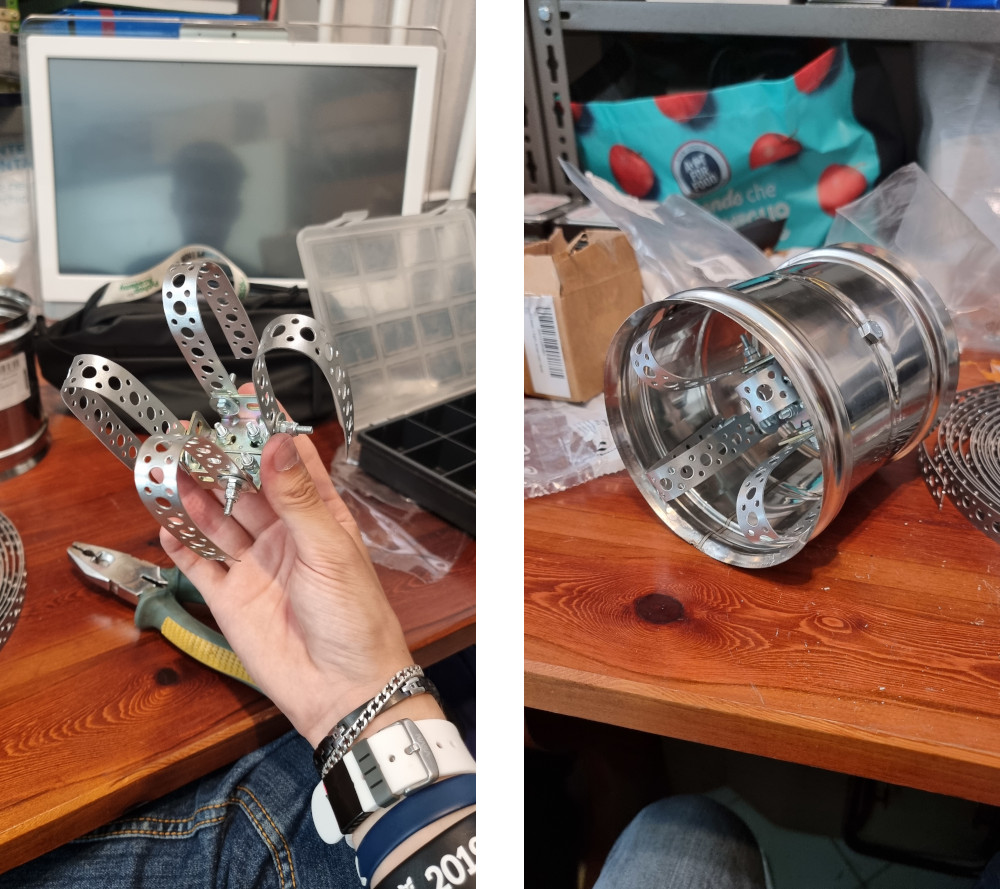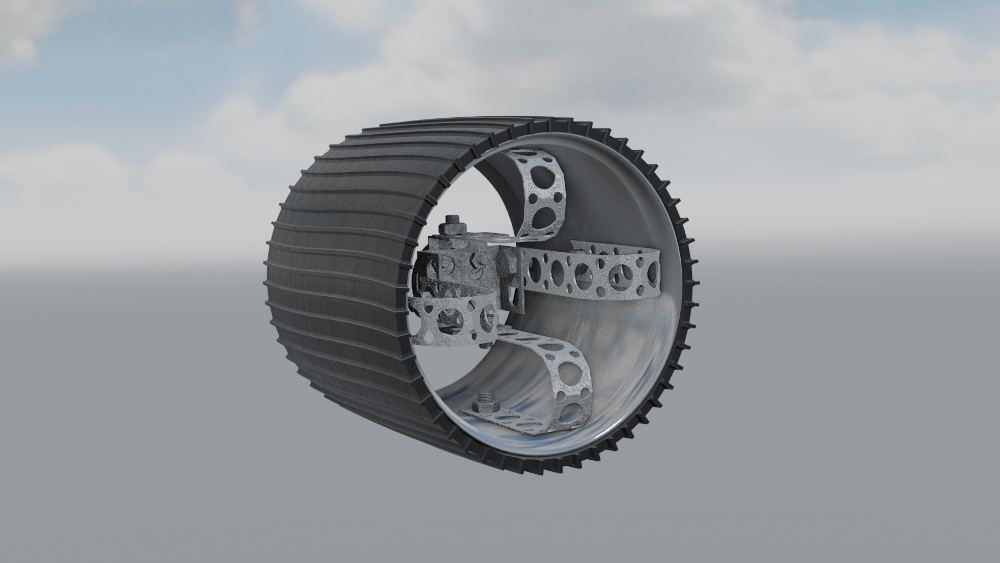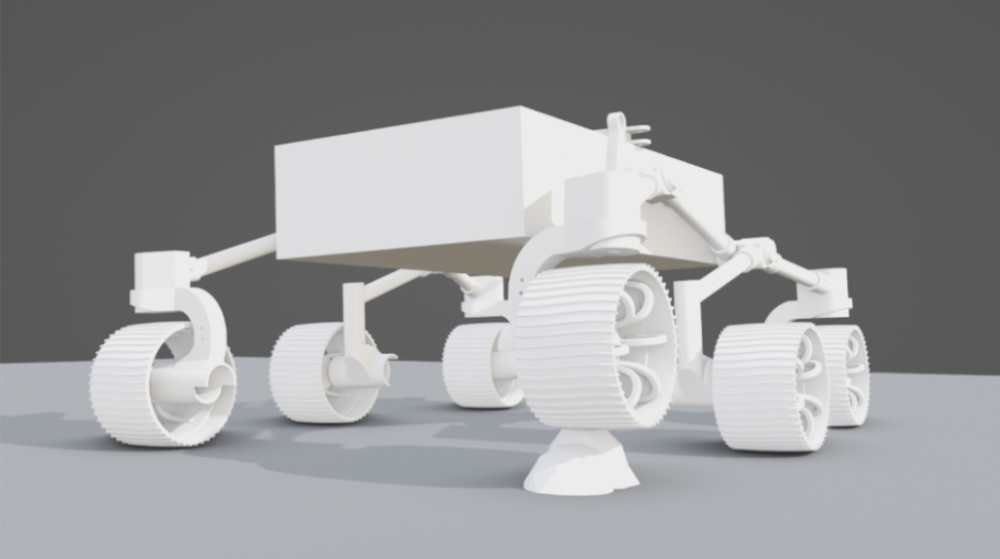After several hours of testing and learning how to code using OpenCV, the imager was finally able to take pictures ad panoramic pictures using stitched photos. This is possible by using an alternate between Imager rotation and camera shutter opening and closing. Mimas then processes the photos and detects common features and stitches them together. A practical Python script was made to control the mast rotation and camera operations. Also, a temperature system is connected to the structure and wired to the Raspberry Pi4.
- [Hours of work: 30h]
- [People involved: Giorgio]



